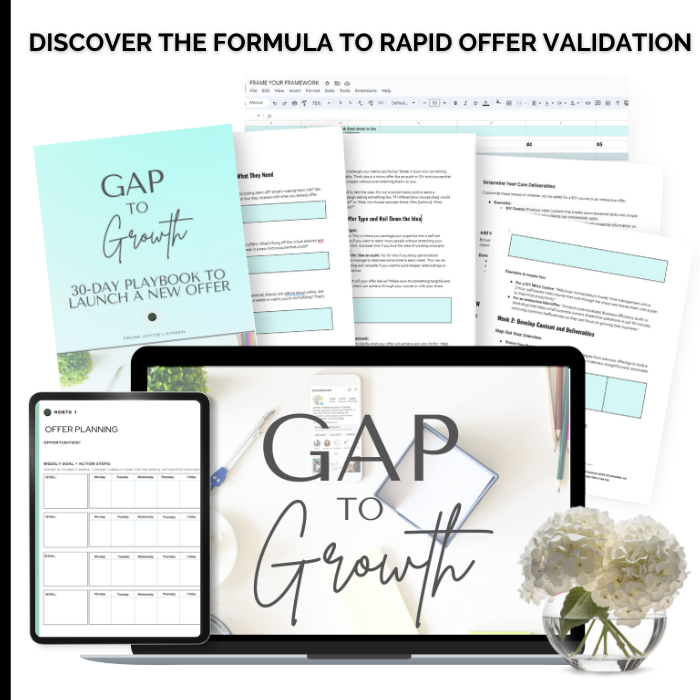Are you tired of juggling countless tasks, feeling overwhelmed, and never having enough time in the day? We feel you. That’s why we’ve put together this step-by-step guide on setting goals that you can truly achieve. So, grab your favorite beverage, take a deep breath, and let’s dive in!
Step 1: Reflect on Your Previous Goals and Experiences
Before diving into goal setting, it’s important to take a moment and reflect on your past goals and experiences. Ask yourself what worked, what didn’t, and why. This reflection helps you identify patterns and build on the lessons you’ve learned. Be honest with yourself – it’s all about growth!
- What goals did you achieve or miss in the past?
- What strategies worked for you?
- What obstacles did you face and how did you overcome them?
Take note of your insights – they’ll come in handy for the next steps.
Step 2: Set SMART Goals
If you haven’t heard of SMART goals, you’re in for a treat! SMART stands for Specific, Measurable, Achievable, Relevant, and Time-bound. It’s a proven method to set goals that are clear, actionable, and realistic.
– Specific: Clearly define what you want to achieve.
– Measurable: Determine how you’ll track your progress.
– Achievable: Ensure your goal is within reach, considering your resources and constraints.
– Relevant: Align your goal with your broader objectives and values.
– Time-bound: Set a deadline to keep you focused and motivated.
Example: “I want to increase my coaching revenue by 20% in the next six months by attracting 10 new clients and upselling existing ones.”
Step 3: Break Your Goals into Smaller Milestones
Now that you’ve set SMART goals, it’s time to break them down into smaller, manageable milestones. This makes your goals feel less daunting and helps you stay on track.
For example, if your goal is to increase coaching revenue by 20% in six months, you might break it down like this:
Month 1: Research and identify your target audience.
Month 2: Develop and launch a new coaching package.
Month 3: Reach out to 50 potential clients through email marketing.
Month 4: Host a free workshop to showcase your expertise.
Month 5: Offer a limited-time promotion to incentivize sign-ups.
Month 6: Follow up with existing clients to upsell and gather referrals.
Step 4: Create an Action Plan and Schedule
Now that you have your milestones, create an action plan that outlines the specific tasks and activities required to achieve each milestone. Schedule these tasks in your calendar to ensure you allocate time for them.
Using the example above, your action plan for Month 1 might include:
– Task 1: Analyze your current client base to identify trends and preferences.
– Task 2: Survey your audience to gather insights on their needs and challenges.
– Task 3: Research competitors to identify gaps and opportunities in the market.
Step 5: Track Your Progress and Adjust as Needed
As you work towards your goals, track your progress regularly to stay accountable and motivated. If you encounter obstacles or notice that your plan isn’t working as expected, don’t be afraid to adjust your approach. Flexibility is key to success!
Celebrate your wins, learn from your setbacks, and remember that every step, no matter how small, brings you closer to your goals.
Feeling pumped and ready to tackle your goals? Great!
To help you get started, we’ve created the Drive Planning System to help you kick procrastination to the curb so you can set and achieve BOLDER goals!








